Reflections on Two Weeks in the Land of the Thunder Dragon
As I sat there, I found myself reflecting not just on the dance before me, but on the entirety of these past two weeks in Bhutan. From the moment we’d crossed the border, this small Himalayan kingdom had been revealing itself in layers – each day adding depth and nuance to my understanding.
I’d climbed to Tiger’s Nest and felt the spiritual power of places where faith and geography intertwine. I’d walked through dzongs that serve simultaneously as fortresses, monasteries, and government centres – physical manifestations of Bhutan’s unique approach to governance and spirituality. I’d witnessed the seamless integration of ancient traditions with modern life, where monks carry smartphones and farmers measure their nation’s success not in GDP but in Gross National Happiness.
But more than the sights, more than the monasteries and mountains, it was the people who’d made this journey unforgettable. From Yoda’s skilled driving to these women’s spontaneous generosity, from the monks who’d patiently explained Buddhist philosophy to the children who’d waved enthusiastically at every passing of our bus – the Bhutanese people had opened their country and their hearts with equal generosity.
Sitting there in the rain, watching the Dance of the Lord of Death remind us all of life’s impermanence and the importance of living with compassion, I realised something important: I would return to Bhutan. This journey had shown me glimpses of a magical country, but there was so much more to discover – valleys I hadn’t explored, festivals I hadn’t witnessed, communities I hadn’t met. Bhutan had revealed itself to be not just a destination but an ongoing invitation.
The Journey’s End
Tomorrow morning at 4:30 AM, we’ll leave this mountain kingdom and return to Nepal for our final two days before flying home. The adventure that has consumed these past weeks is drawing to its close. Soon I’ll be back to the familiar routines of home, and Bhutan will shift from present experience to cherished memory.
But as I finally stood to leave the festival, my clothes heavy with rain, my heart full of gratitude, I knew that something had shifted within me. Bhutan had offered more than just spectacular scenery and cultural experiences – it had demonstrated a different way of being in the world. A way that prioritises happiness over wealth, community over individualism, spirituality over materialism, and genuine compassion over performative kindness.
The Raksha Mangcham dancers had reminded us that life is impermanent, that death comes for us all, that our actions have consequences. But sitting with those generous women in the rain, I’d learned the perfect counterpoint to that teaching: that in the time we have, we can choose kindness, we can create connection, we can share what we have with open hands and open hearts.
As our bus wound its way back down the AH-48 through the rain-soaked mountains, I watched Bhutan disappear once more into the mist. But I carried it with me now – not just in photographs and memories, but in a deeper understanding of what it means to live well, to welcome others, and to find happiness not despite life’s challenges but within them.
Thank you, Bhutan. Thank you for the mountains and monasteries, for the festivals and fortresses, but most of all, thank you for showing me that genuine hospitality, real compassion, and true happiness are not just ideals to aspire to – they’re ways of living that can be practiced every single day, even in the pouring rain.
Tomorrow: An early start, a border crossing, and the beginning of goodbye. Two days in Nepal, then home – carrying the Thunder Dragon’s blessings with me.

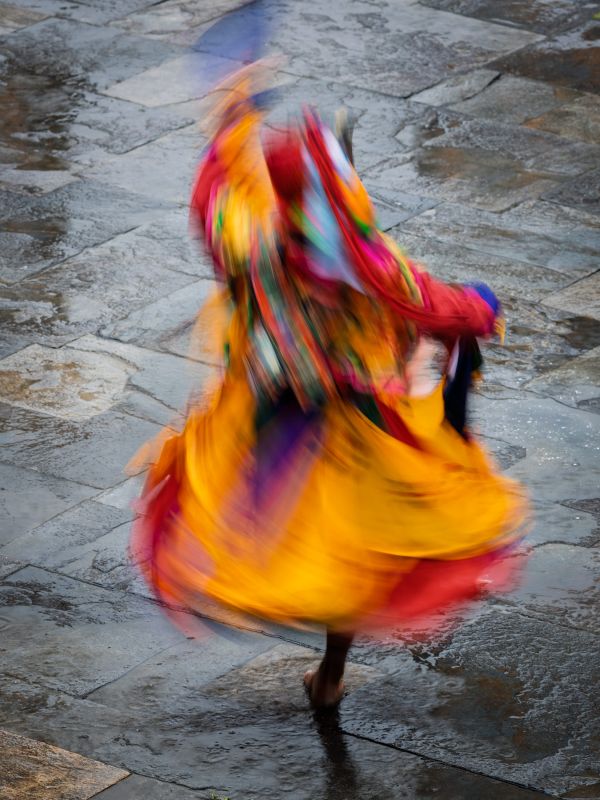
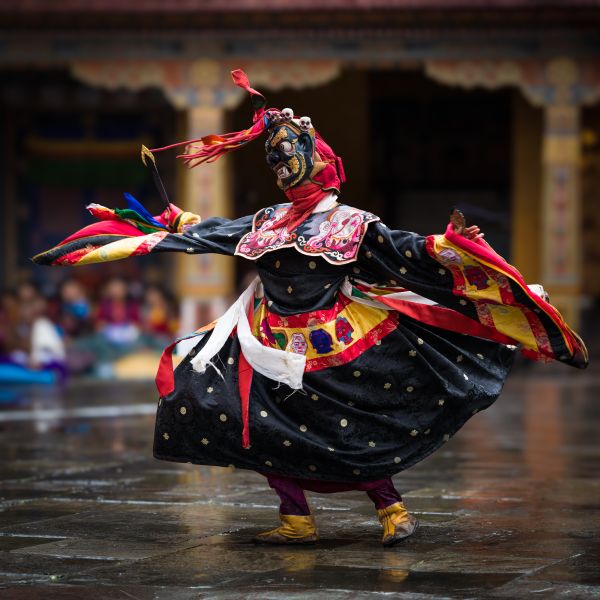
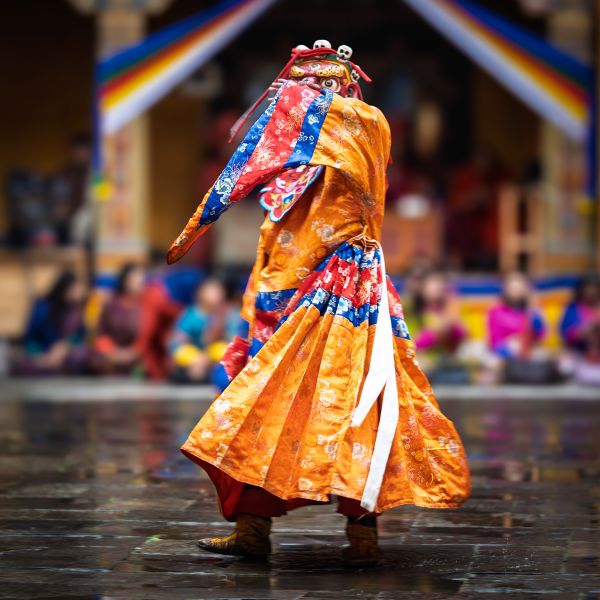
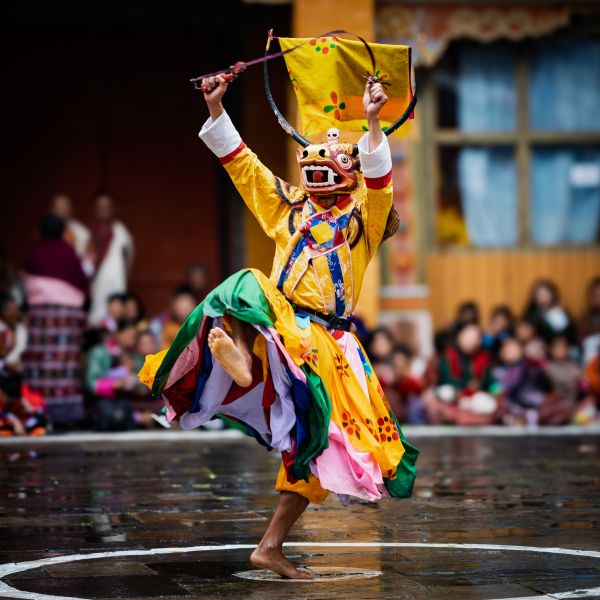
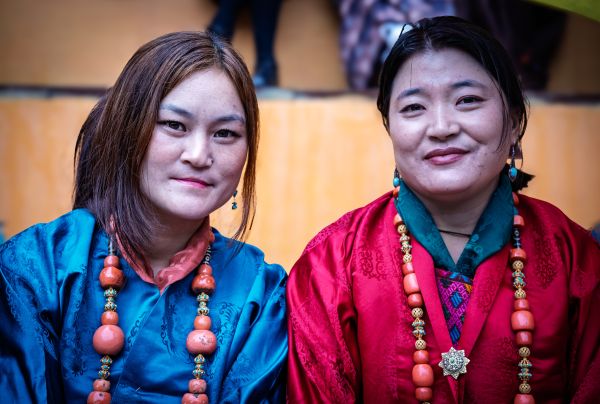
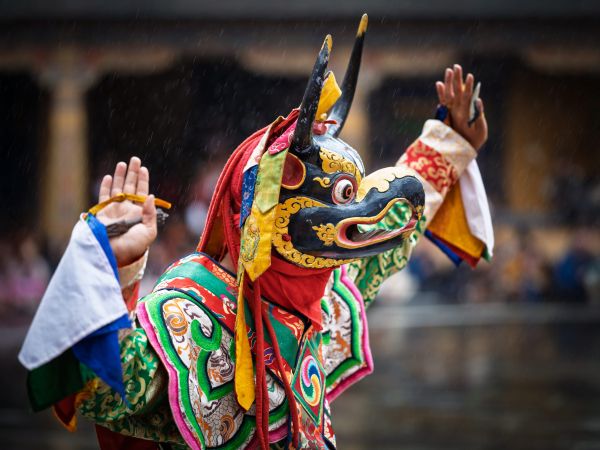
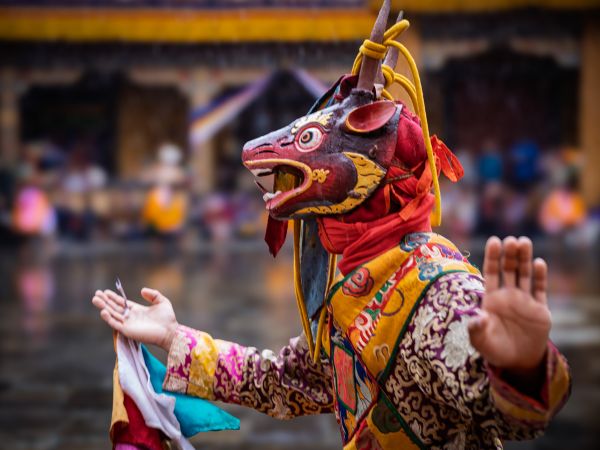
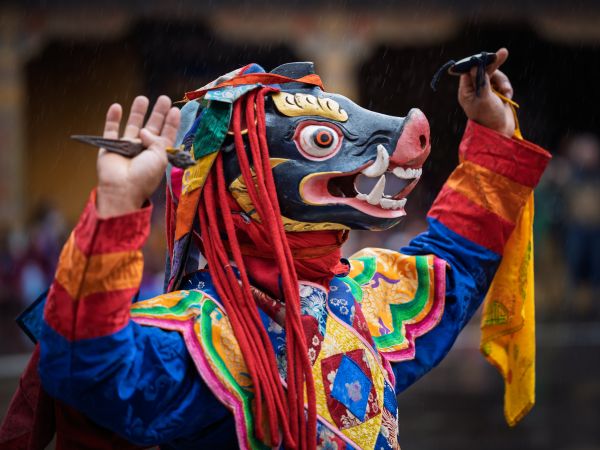
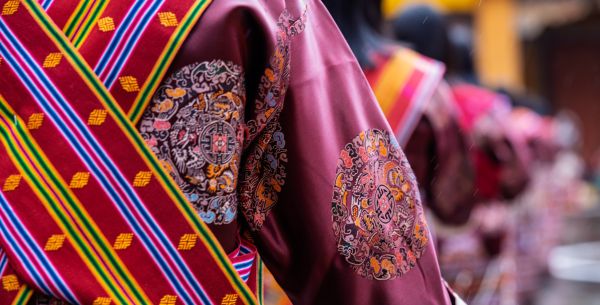
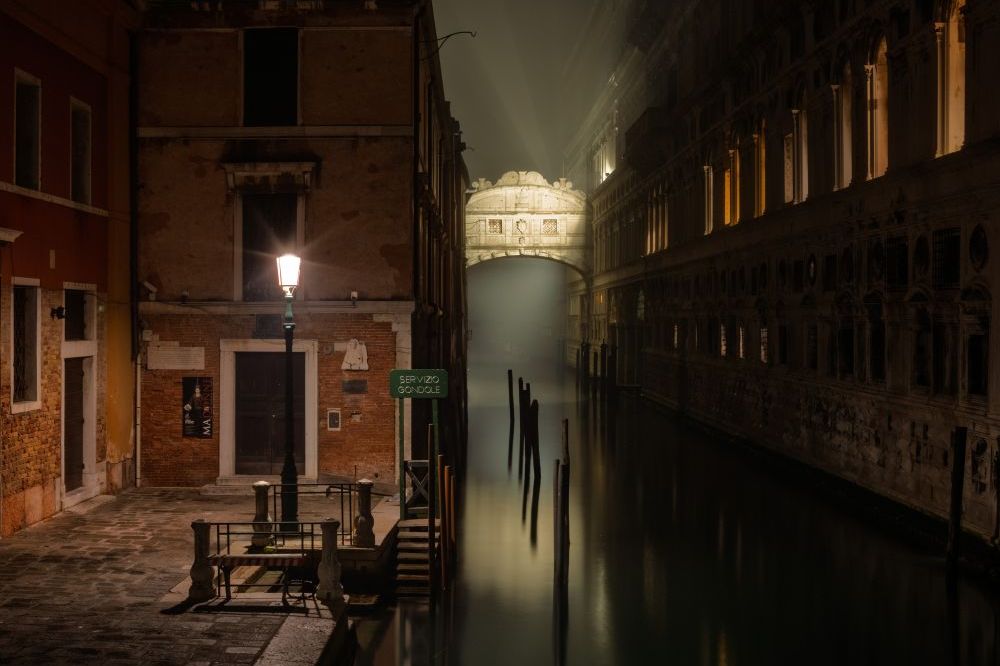
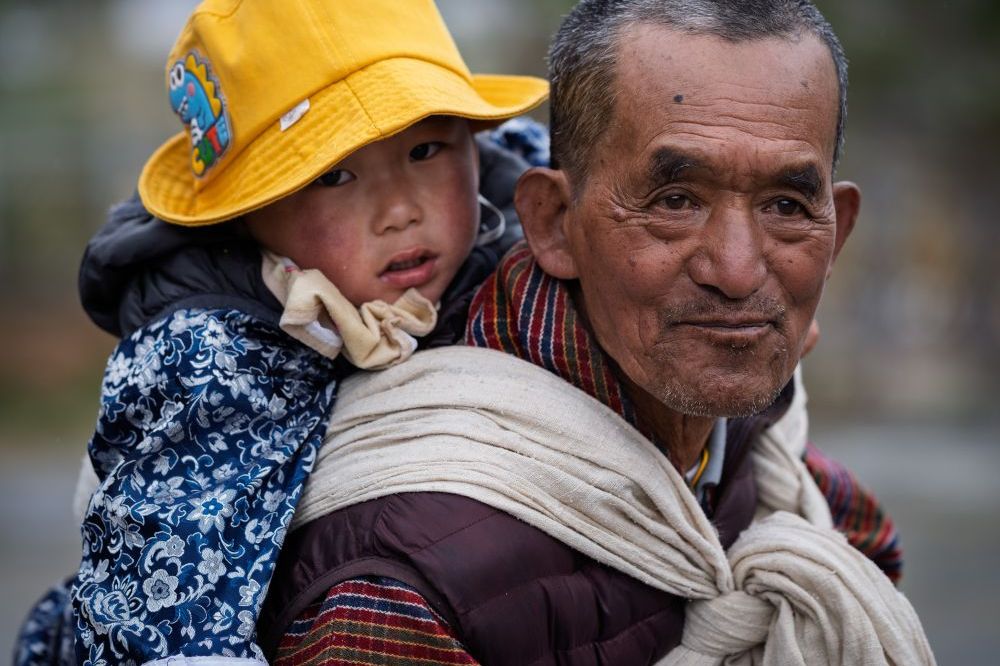
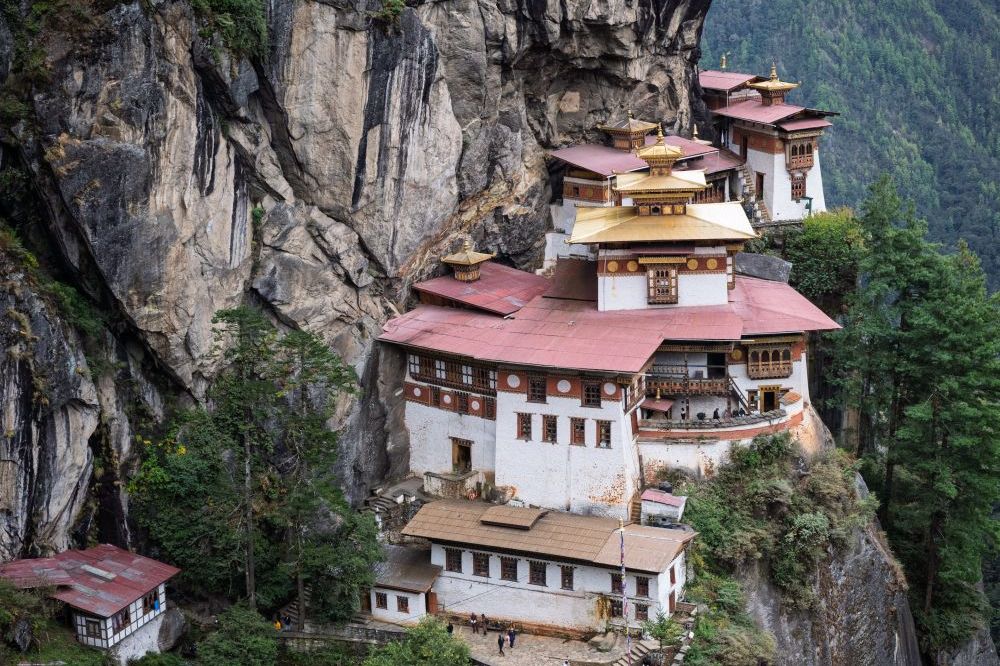
Leave A Comment
Please submit your comment below. No registration required.